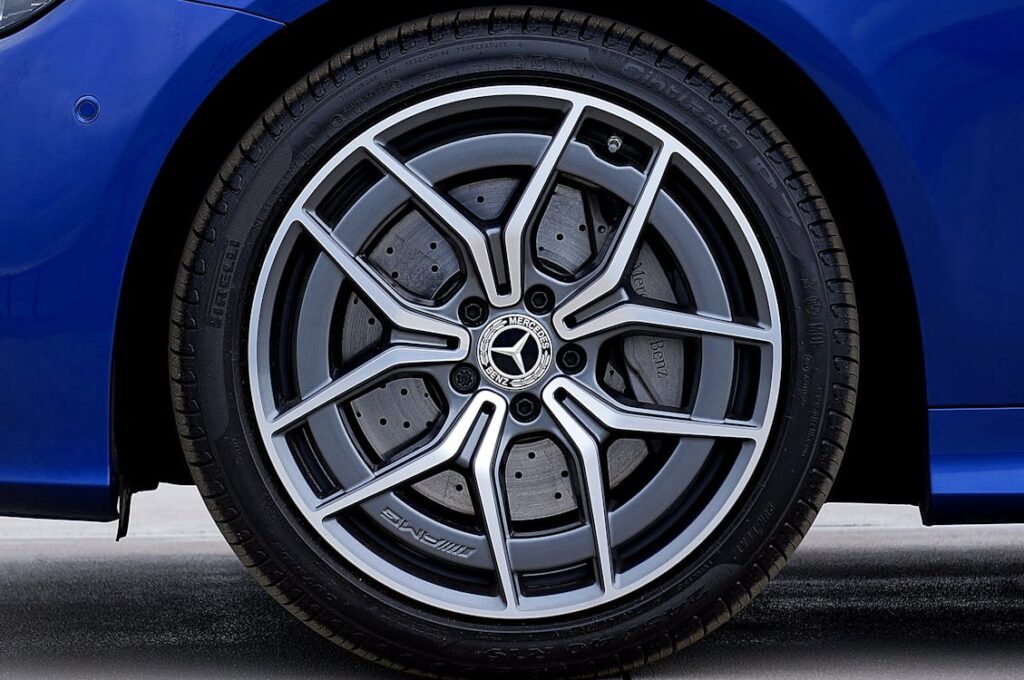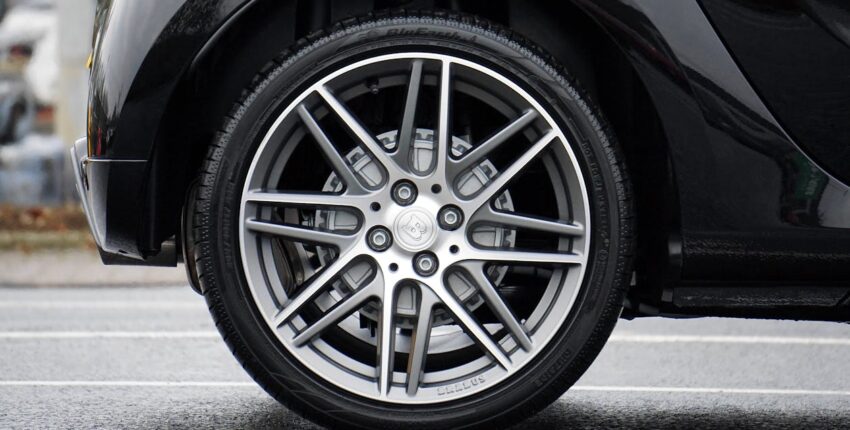Tires are your car’s only contact with the road, which makes them one of the most critical components of your vehicle’s safety system. But how often do you really check them? Most drivers don’t think about their tires until something goes wrong—a flat, a blowout, or a loss of traction on a rainy day. One of the easiest and most effective ways to stay ahead of tire trouble is by regularly checking your tire tread depth. This simple task can help prevent accidents, extend the life of your tires, and save you money in the long run.
In this guide, we’ll break down exactly how to check your tire tread depth, why it matters, and how to know when it’s time to replace your tires. Don’t worry—we’ll keep it straightforward, practical, and easy to understand.

What Is Tire Tread and Why Does It Matter?
Tire tread is the rubber on your tires that makes contact with the road. It’s designed with grooves and patterns that help channel water away during wet conditions, maintain grip, and provide stability. Over time, this tread wears down, reducing your car’s ability to grip the road—especially in bad weather.
Worn-out tread affects your stopping distance, increases your risk of hydroplaning, and can make handling feel loose or unstable. In other words, good tread = safer driving.
Legal and Recommended Tread Depth
In the United States, the legal minimum tread depth is 2/32 of an inch. However, many experts recommend replacing tires when they reach 4/32 of an inch, especially if you often drive in wet or slick conditions. For snowy climates, the recommended tread depth is at least 6/32 of an inch.
So, how do you measure that? Let’s talk about your options.
The Penny Test (Simple and Fast)
The easiest way to check your tread depth is with a penny. Here’s how:
- Take a penny and insert it into a tire tread groove with Lincoln’s head facing down.
- If you can see the top of Lincoln’s head, your tread is worn to 2/32″ or less—and it’s time to replace the tire.
- If part of Lincoln’s head is covered by the tread, your tires still have more than 2/32″ of life left.
The penny test is quick and doesn’t require any special tools. But if you want a more precise check, there’s another simple tool you can use.
Tread Depth Gauge (More Accurate)
A tread depth gauge is a small, inexpensive tool available at most auto parts stores. Here’s how to use it:
- Insert the gauge into a groove in your tire tread.
- Press the gauge’s base flat against the tire.
- Read the measurement on the gauge (it usually gives readings in 32nds of an inch).
Take measurements at multiple points around the tire—especially the inner, center, and outer edges—to check for uneven wear.

Built-In Tread Wear Indicators
Most modern tires come with built-in tread wear indicators. These are small raised bars of rubber that run perpendicular to the tread. When the surrounding tread wears down to the level of these bars, your tires have reached the minimum safe depth and should be replaced immediately.
If you’re not sure what to look for, we can point them out for you next time you stop by our shop.
Signs Your Tires Need to Be Replaced
Tread depth is the most obvious reason to replace your tires, but it’s not the only one. Here are a few more warning signs to look out for:
- Cracks or bulges in the sidewall: These can indicate structural damage that could lead to a blowout.
- Uneven tread wear: Often caused by misalignment or improper inflation. If one part of the tire is wearing faster than the rest, it’s time to inspect further.
- Vibration while driving: This could indicate an internal tire issue or suspension problem.
- Tires older than 6 years: Even if the tread looks fine, rubber deteriorates with age, especially in Florida’s heat.
If you notice any of these signs, it’s time to have a professional take a closer look.
What Causes Tread to Wear Out Faster?
Several factors can cause your tire tread to wear faster than expected:
- Improper inflation: Over- or under-inflated tires wear unevenly.
- Poor alignment: If your wheels aren’t properly aligned, your tires won’t wear evenly.
- Aggressive driving: Hard braking, sharp turns, and quick acceleration all increase tread wear.
- Lack of rotation: Rotating your tires regularly (every 5,000 to 7,500 miles) helps even out wear and prolong tire life.
Keeping your tires healthy means staying on top of these factors—and we can help with all of them here at MCS Mechanical.

When Should You Replace All Four Tires?
If one tire is worn or damaged, do you need to replace them all? That depends:
- All-wheel drive (AWD) vehicles: It’s usually best to replace all four to maintain balance in the drivetrain.
- Front- or rear-wheel drive: You may only need to replace the front or rear pair, depending on wear.
Still, if your tires are close in age and tread wear, replacing all four often ensures better performance, traction, and fuel efficiency.
Keeping Your Tires in Good Shape
Here are a few quick tips to get the most out of your tires:
- Check tire pressure monthly.
- Rotate your tires regularly.
- Get a wheel alignment once a year or when you feel pulling.
- Avoid overloading your vehicle.
- Drive smoothly and avoid potholes when possible.
Routine care will not only make your tires last longer but will also improve fuel economy and ride comfort.
Don’t wait for a blowout to find out your tires are overdue for replacement. Whether you manage a fleet or drive daily for work, our expert technicians at MCS Mechanical will inspect your tires, check tread depth, and recommend the right next steps — all with the honesty and precision we’re known for.
Call us today!

